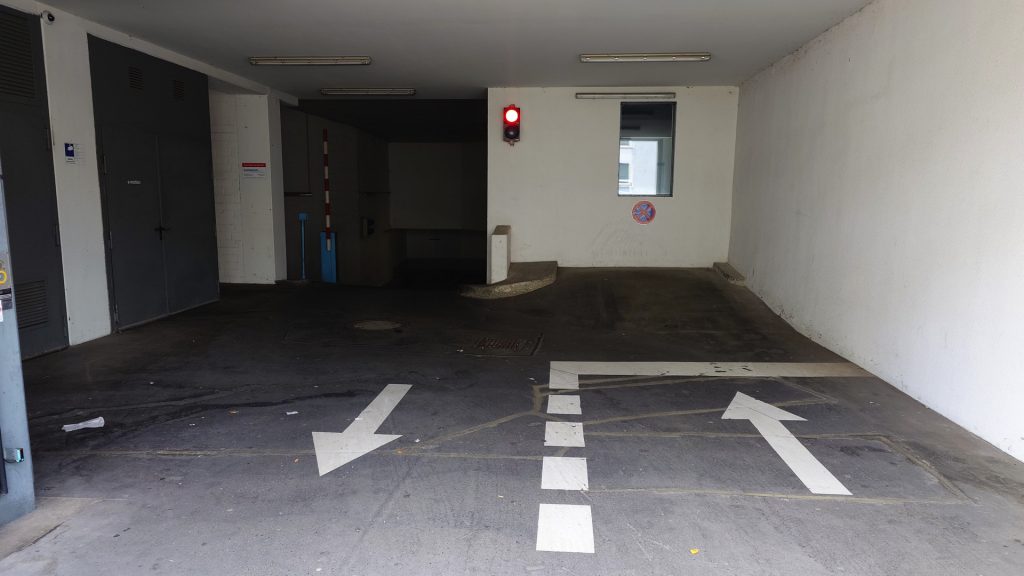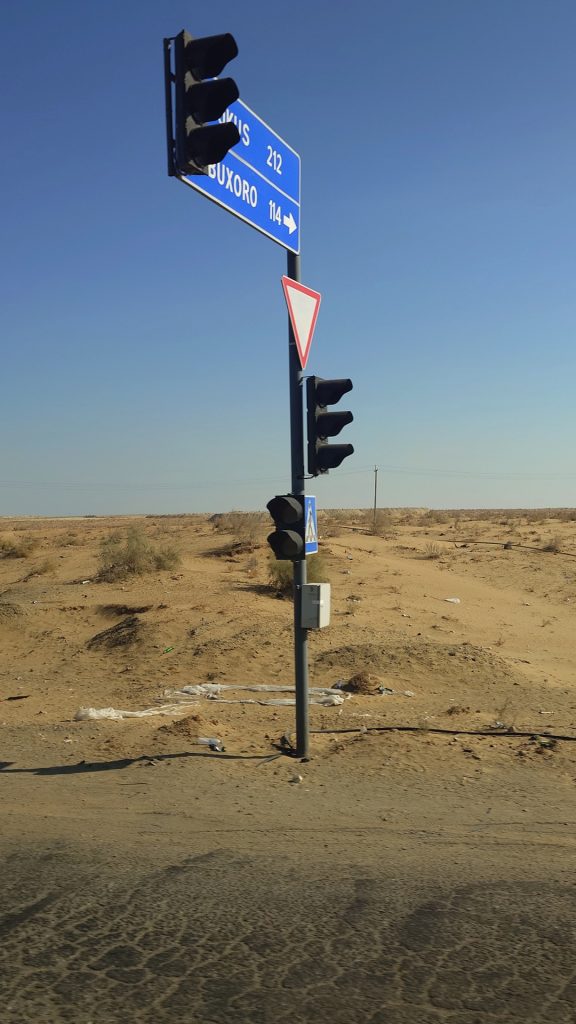In Map We Trust
July 30th, 2025 | by Andreas Richter
(4 min read)
With the help of large language models it is easy to create content that looks similar to what we used to have: It can create texts, poems, lyrics, code, images, videos, web-sites and web-shops looking like reality, and it gets ever more complex to distinguish the real ones from the artificially generated. Going deeper in special applications large language models can create datasets in the same way. Thus, content creation based on learned patters can be used to create or modify map data (both raster and vector data), too. Commonly this is called Geospatial Artificial Intelligence (GeoAI).

On the opposite, pattern recognition can be used to detect manipulated scenes and pixels to identify e.g., malicious satellite images. Deep fake techniques primarily rely on so-called Generative Adversarial Networks (GANs), which emulate new content based on the data they have been trained with. Nevertheless, GAN-generated fake images were different from authentic ones in multiple visual features such as color, texture and details, and in frequency domain features such as a certain type of periodic replications (more details can be found in this paper about deep fake geography). It is still possible to identify generated content but it gets more and more challenging.
The questions arise: Can we trust a map? Is the map true?
Truth is a social product. The credibility of the visualization or the believe in the information communicated by visualization is core for this truth. But truth is not objective or unbiased because it is partial, authored, and produced – and the same is true for maps. Often authors or political entities have their own agenda e.g., in not showing military infrastructures, moving borders to underpin territorial claims, renaming locations or even make countries or continents look smaller than they are. If you falsify your map, the copier will only get what you want to get distributed.
If we want to check the truth of a map, different aspects resp. indicators are proposed. While extending the indicator terms from the linked paper by a short explanation about their meaning we already realize that definitions are going into circles. Most of the proposed indicators could be called objective because they can be measured or determined somehow:
- Accuracy: If the trueness and the precision of the content are good, the accuracy is high.
- Correctness: If the mapped content is really existing (means its true).
- Completeness: If the mapped content contains all of the entities existing in reality.
- Error-free: Part of the correctness. If there is no error, it is correct.
- Transparent: Is it possible to assess resp. to prove the data and the creation process of the map.
- Believability: synonym to credibility (combination of trustworthiness and expertise) of the authoring entity.
- Trustworthiness: If the author or authoring entity can be trusted.
At the end trustworthiness, credibility and transparency boil down to trust and we are back on social level. A lot of the major map providers can be understood as trusted entities but nevertheless they are not immune to provide faulty data. For example, Google Maps is sometimes showing motorways as closed down and can’t explain, why this mistake happened. No other data source was providing similar insights but the wrong information was distributed. Also HD maps from HERE can contain wrong travel directions or missing road links which, again, get consumed by Google Maps, and therefore wrong information is distributed. And even if companies get more and more powerful they have to follow political rules and decisions which can undermine the trustworthiness in the eyes of other stakeholders.
In addition to the more or less objective indicators there are some subjective ones proposed (as discussed in the previously mentioned paper), such as:
- Objectivity: removing personal biases
- Authenticity: the sense of originality, to confirm the truth
- Reliability: that the map creation process was conducted without any failure
Besides these less objective indicators there are even more “strange” ones proposed, for example that the map trustworthiness can be based on honesty, being fair and balanced. To be honest, we can’t find a good explanation how these indicators can be mapped to geodata.

At the end only one factor will not tell the full story, even two won’t help. It is necessary to select multiple factors based on the use case to assess the map. In general it would be good to understand the used input data and the processing of it but often these information is intel as part of the business secret.
If we can’t look at the beginning, we can check the end result. One solution is to compare it with ground truth, data of which we know about the inputs and the processing. But in general ground truth is not available, especially not on large scale, otherwise we would not have the need of acquiring a specific data set.
Another solution is to create a ground truth-like dataset by fusing different data sources. This topic is challenging because of the different spatial and temporal heterogeneous nature of data. For each feature it has to be decided which source contributes the leading information and at the end this decision is based on trust again. But at least if multiple data sources provide similar information it can be assumed that this information can be trusted to get used to access your subject under test. This is more or less the most promising solution but in reality we are always limited by the amount of data that are used for verification. Also we often can’t control or even determine the accuracy, correctness and completeness of these data and we are back to square one.
But there is one more thing: Sometimes you can make data plausible by using related data. For example to analyze a road network topology, traffic data can be utilized to determine road links (and/or their closure); speeds (and location) of the probes can be divided into different traffic participant categories and therefore types of links and lanes can be plausibilized. But this concept is limited and when it comes to checking the truth of specific map features such as lane-level topology and/or topography similar data is necessary. The larger the amount of data that you have the more realistic it becomes that other data can be assessed in a meaningful manner, but at the end pure mass is also not the solution. At the end, trust keeps being a social concept and has to be earned.